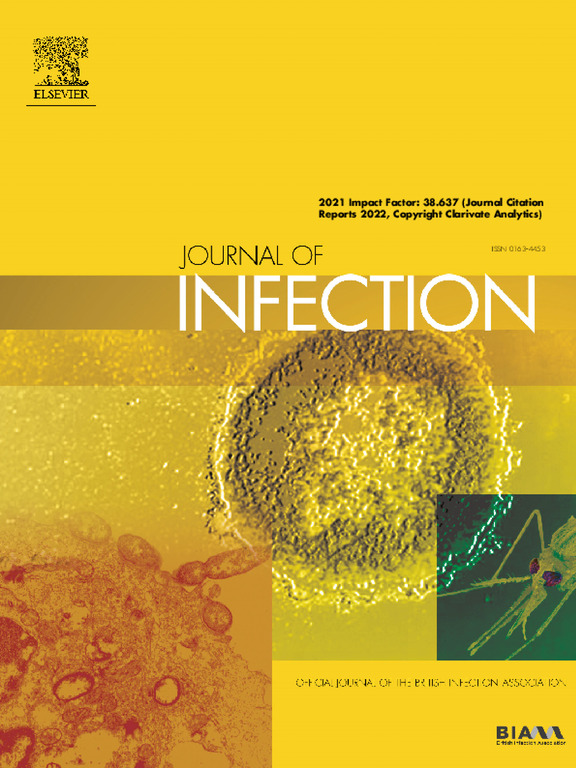Anti-spike IgG4 and Fc effector responses: The impact of SARS-CoV-2 vaccine platform–specific priming and immune imprinting
IF 11.9
1区 医学
Q1 INFECTIOUS DISEASES
引用次数: 0
Abstract
Proportional increases in anti-Spike (S) IgG4 associated with decreased Fc effector functions have been reported following repeated mRNA, but not recombinant protein-based (rS) (NVX-CoV2373, Novavax, Inc.), SARS-CoV-2 vaccination. We demonstrate the first evidence of a negative correlation between anti-S IgG4 and neutralizing antibody (nAb), as well as antibody-dependent surrogate Fc effector functions. Priming with two NVX-CoV2373 vaccines followed by a third dose was associated with higher IgG1 and IgG3, lower IgG4, higher nAb titers and surrogate Fc effector functions versus mRNA. Immune imprinting of anti-S IgG4 and nAbs, and Fc effector function imprinting after mRNA priming was observed. This effect was partially overcome by updated XBB.1.5 protein subunit vaccination, but not by ancestral vaccine strains. We establish correlation of anti-S IgG4 responses to reduced nAbs and surrogate Fc effector functions and demonstrate the impact of additional booster vaccination on subsequent immune response and Fc effector functions in the context of ancestral and XBB.1.5 strains.
抗spike IgG4和Fc效应反应:SARS-CoV-2疫苗平台特异性启动和免疫印迹的影响
在重复的mRNA接种(NVX-CoV2373, Novavax), SARS-CoV-2疫苗后,抗spike (S) IgG4的比例增加与Fc效应功能下降相关。我们首次证明了抗s IgG4与中和抗体(nAb)以及抗体依赖的替代Fc效应函数之间存在负相关。与mRNA相比,先接种两种NVX-CoV2373疫苗,然后再接种第三剂疫苗,IgG1和IgG3升高,IgG4降低,nAb滴度升高,替代Fc效应物功能增强。观察mRNA启动后抗s IgG4和nab的免疫印迹和Fc效应功能印迹。更新的XBB.1.5蛋白亚单位疫苗可以部分克服这种影响,但祖先的疫苗株却不能。我们建立了抗s IgG4反应与减少的nab和替代Fc效应功能的相关性,并证明了在祖先和XBB.1.5菌株的背景下,额外的加强疫苗接种对随后的免疫反应和Fc效应功能的影响。
本文章由计算机程序翻译,如有差异,请以英文原文为准。
求助全文
约1分钟内获得全文
求助全文
来源期刊

Journal of Infection
医学-传染病学
CiteScore
45.90
自引率
3.20%
发文量
475
审稿时长
16 days
期刊介绍:
The Journal of Infection publishes original papers on all aspects of infection - clinical, microbiological and epidemiological. The Journal seeks to bring together knowledge from all specialties involved in infection research and clinical practice, and present the best work in the ever-changing field of infection.
Each issue brings you Editorials that describe current or controversial topics of interest, high quality Reviews to keep you in touch with the latest developments in specific fields of interest, an Epidemiology section reporting studies in the hospital and the general community, and a lively correspondence section.
 求助内容:
求助内容: 应助结果提醒方式:
应助结果提醒方式:


